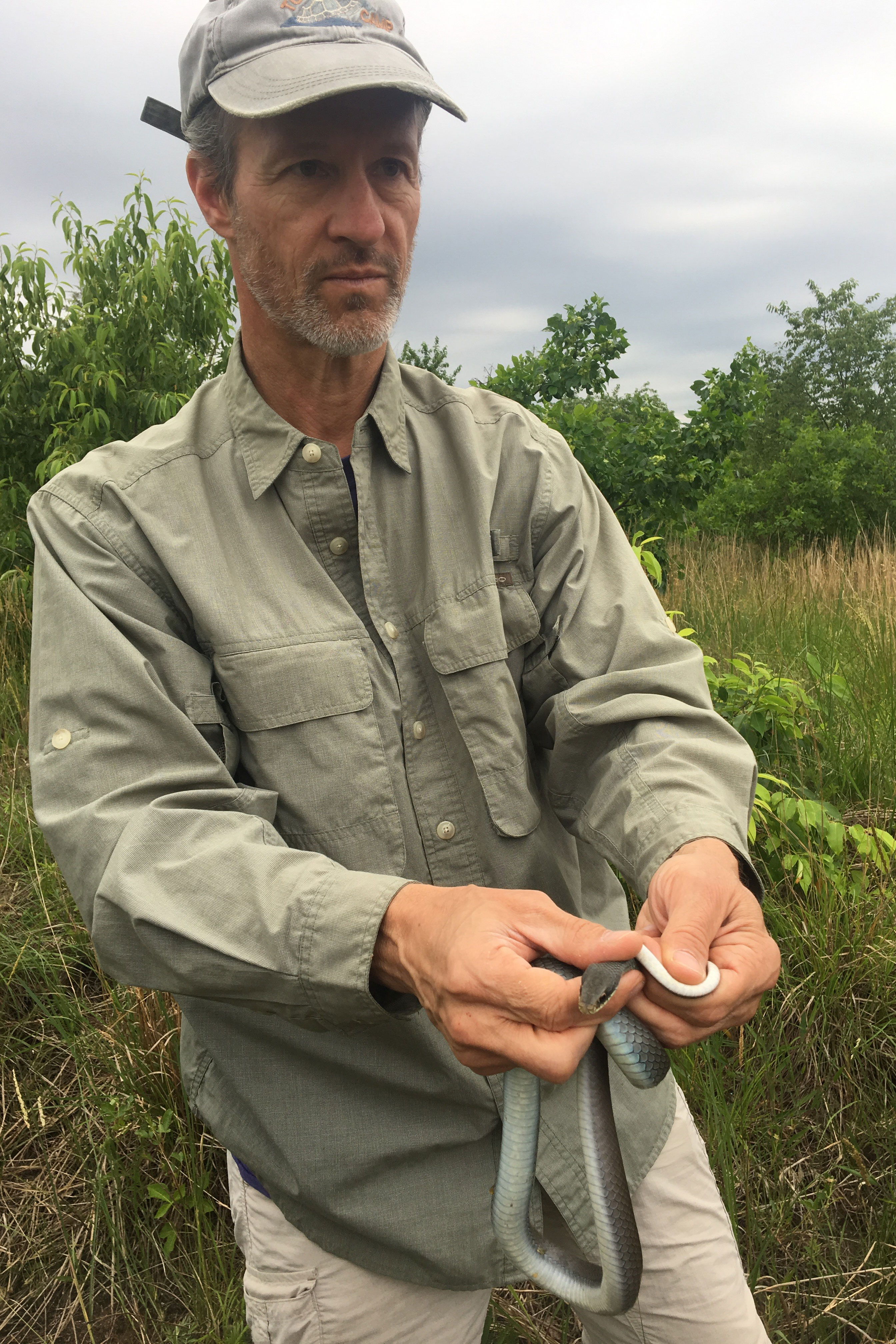Critically Endangered Turtles Hatch in Myanmar
Small miracles are popping out of the mud around Myanmar’s largest lake: Burmese peacock softshell turtles, just hatched from their eggs. For what may be the first time, humans were there to witness the birth of these rare creatures.
The hatchlings — little pancakes on surprisingly quick legs — emerged from a hole in the ground this month and began crawling to new lives in Indawgyi Lake. Their early steps were captured on video by U Nyein Chan and U Yae Aung, local staff members of the international wildlife charity Fauna & Flora.

The turtles were intercepted by Mr. Nyein Chan, a senior project officer; Mr. Yae Aung, a project assistant; and other colleagues who weighed, measured and released them.
The discovery is “exquisitely thrilling,” said EEB core faculty member Fredric Janzen, a professor in integrative biology and fisheries and wildlife at Michigan State University who specializes in softshell turtles but isn’t involved in this project.
The turtles, also called Nilssonia formosa, are critically endangered and found only in Myanmar. Their common name comes from black and orange spots on their shells, reminiscent of peacock feathers. Scientists know little about the animals.
This past October, the community members and conservationists identified five turtle nests with about 20 eggs each and fenced them off, but they didn’t know the species of the eggs’ occupants until the babies began hatching in June. Now that they’re identified as Burmese peacock turtles, more research can begin. That the eggs incubated for nine months is already an unusual finding, Mr. Zau Lunn said. Other turtle species’ eggs, even in the Nilssonia genus, hatch after just two or three months.
The Indawgyi Lake turtle guardians protected these eggs, but threats to the species remain, including habitat loss, pollution, climate change, accidental catches by fishermen, and hunting for subsistence or the international wildlife trade. About 40 percent of all turtle and tortoise species are threatened, according to the International Union for Conservation of Nature’s Red List. The total number of Burmese peacock turtles is unknown, but scientists suspect that their population may have declined by at least 80 percent over the past 90 years.



